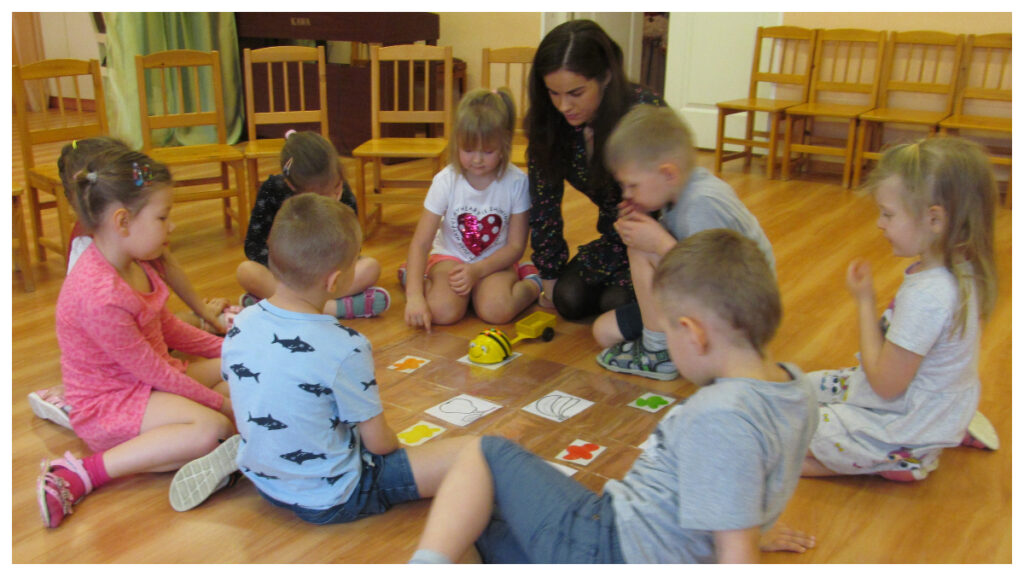Kindergarten education in Estonia is built on a system that balances between children being children who have a lot of possibilities for free play, and, on the other hand, competent teachers who organise integrated learning experiences and support the kids to learn through the games.
This article is published in collaboration with Education Estonia.
In the Narva kindergarten, Põngerjas, four and five-years-old children love to play a game named “Traffic lights” that teacher Jevgenia Minova created for them. Half of the children are “pedestrians”, the other half “cars” (by the way, every car has a different colour).
Two children take the role of police, keeping their eyes on following the traffic rules – and they are also counting the cars and the pedestrians. In Põngerjas, they have real traffic lights and a zebra crossing for this game. “Children inspire to create these games,” Minova said.
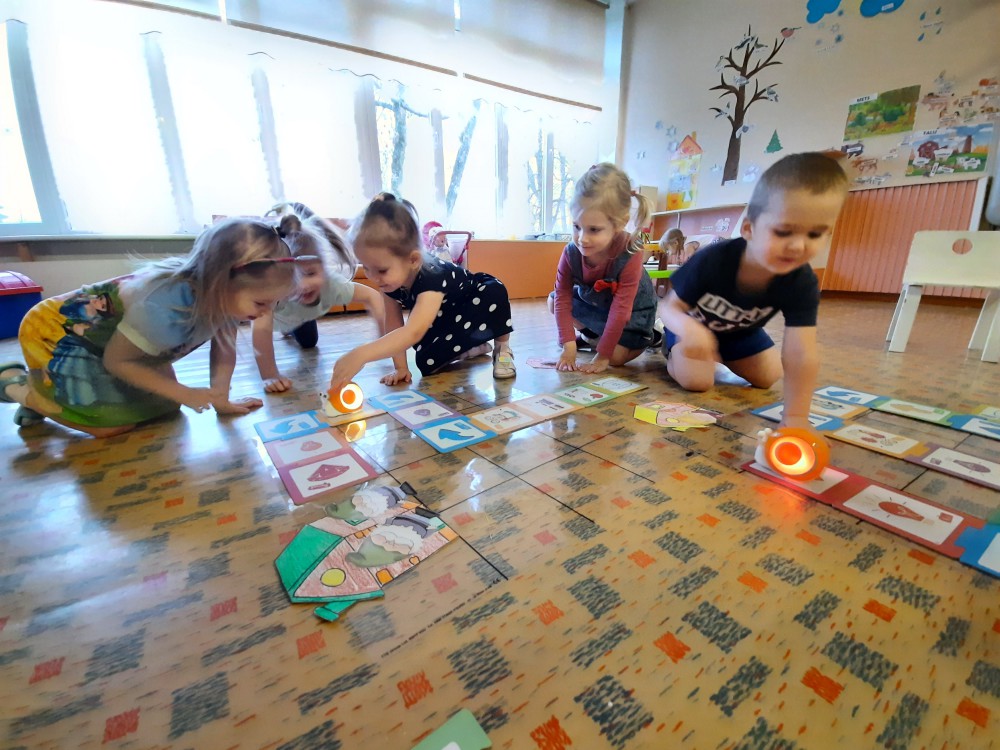
This is only one example of how kindergarten teachers in Estonia combine different subjects and goals into a game. Minova noted that she and her colleagues always integrated subjects – for example, mathematics with environment and language and speech or art with mathematics and speech.
What is more, even smaller activities can be used for learning.
For example, imagine children playing in the puddle. Cheerfully running around it, jumping into it –the usual things children do as soon as they see some puddle nearby, no matter if they have rubber boots or not. This simple everyday situation offers children several opportunities to learn some new knowledge about physics or the letter “o” if the teacher helps them observe that the puddle is O-shaped.
Maria Jürimäe, a senior specialist in curriculum theory and learning at the University of Tartu, said these examples showed the unique balance of the Estonian pre-school education system. On one hand, children can be children and they are offered a lot of possibilities for free play; on the other hand, competent teachers support them to learn through the same play and they organise integrated learning experiences.
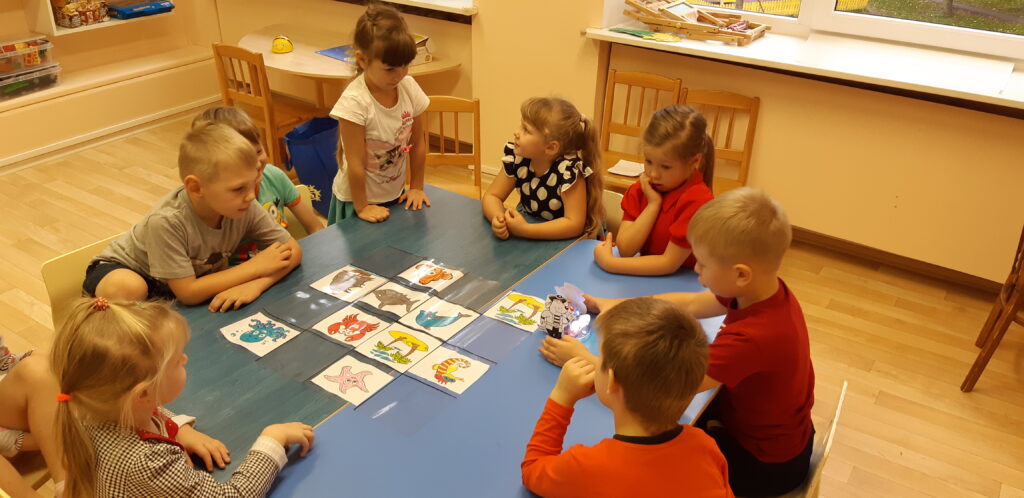
“Pre-school education in Estonia is both child-centred and, at the same time, organised via national curriculum. For example, we have music and physical education lessons from the very early age, already for toddlers, but teachers design these to be appropriate for a certain age,” Jürimäe explained. She added that the goals for every child were individual and set in cooperation with the family.
Compared with the Scandinavian countries, Estonian pre-school education is more systematic because of the curriculum. But, compared with the UK and France, children have more time just to play together.
Teachers have an autonomy
In Estonia, kindergarten teachers have to have at least a bachelor’s degree, and this requirement means very competent teachers are working with children. Therefore, tracking the development of each child is systematic and consistent.
Grüüne Ott, the director of Endla Kindergarten in Tallinn, noted that teachers had high autonomy to choose – according to their strengths – which developing activities they would like to do and how to achieve the goals stated in the curriculum. Furthermore, Maria Jürimäe said that teachers were open to using different active learning methods, combining outdoor learning as well as Reggio Emilia approach (a student-centred and constructivist self-guided curriculum that uses self-directed, experiential learning).
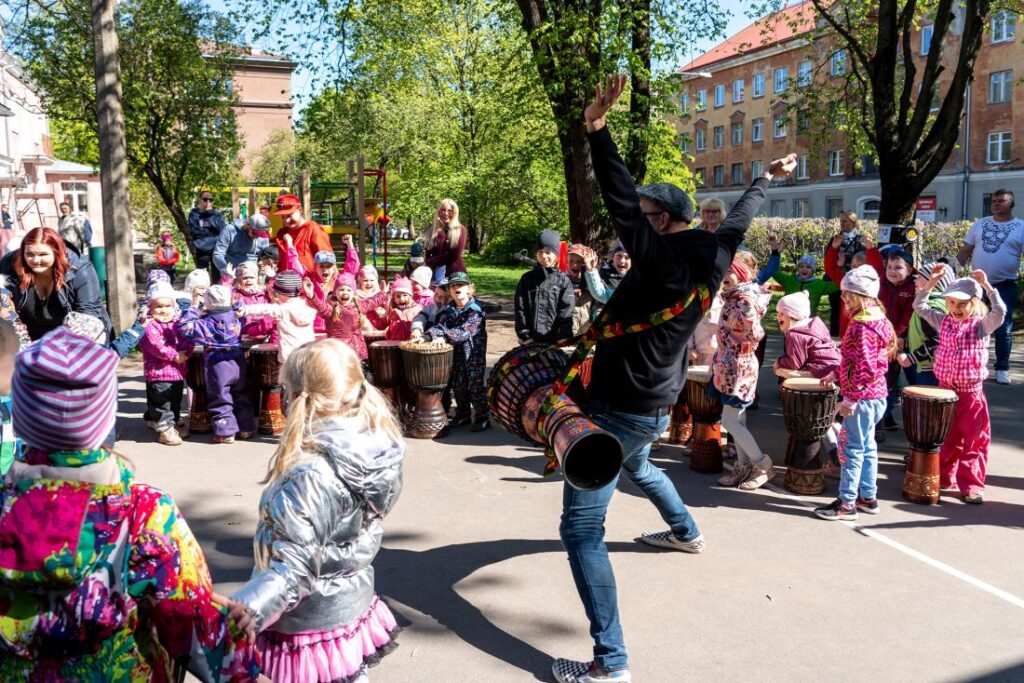
Jevgenia Minova from Narva kindergarten Põngerjas said this autonomy was very convenient for both teachers and children.
“We can decide what to do according to the weather conditions, children’s mood and interests. Children are the most important people in the kindergarten, and it is teachers’ task to create suitable conditions for them to explore the surrounding world and to gain new knowledge,” she said, adding that if she sees children are tired of being in the classroom, then she can arrange the activity in the street or the sports’ hall or even in the wardrobe, instead. “Changing the environment gives children new energy, arouses interest,” Minova pointed out.
Furthermore, the freedom of the teaching and learning process relieves both teachers’ and children’s stress and tensions, Minova said, drawing on her ten years’ experience as a kindergarten teacher.
Some threats surrounding the system
On the other hand, this autonomy can be a threat, both Jevgenia Minova and Maria Jürimäe said. “As teachers have pedagogical freedom, there can be a situation where the teacher does not know what to do with the freedom, and still goes on with adult-centred learning activities from the time of her or his own childhood,” Jürimäe explained.
Minova brought an example that novice teachers may be confused about what and when and how to do because there are no exact instructions. “In this situation, more experienced colleagues could help to orientate,” she noted.
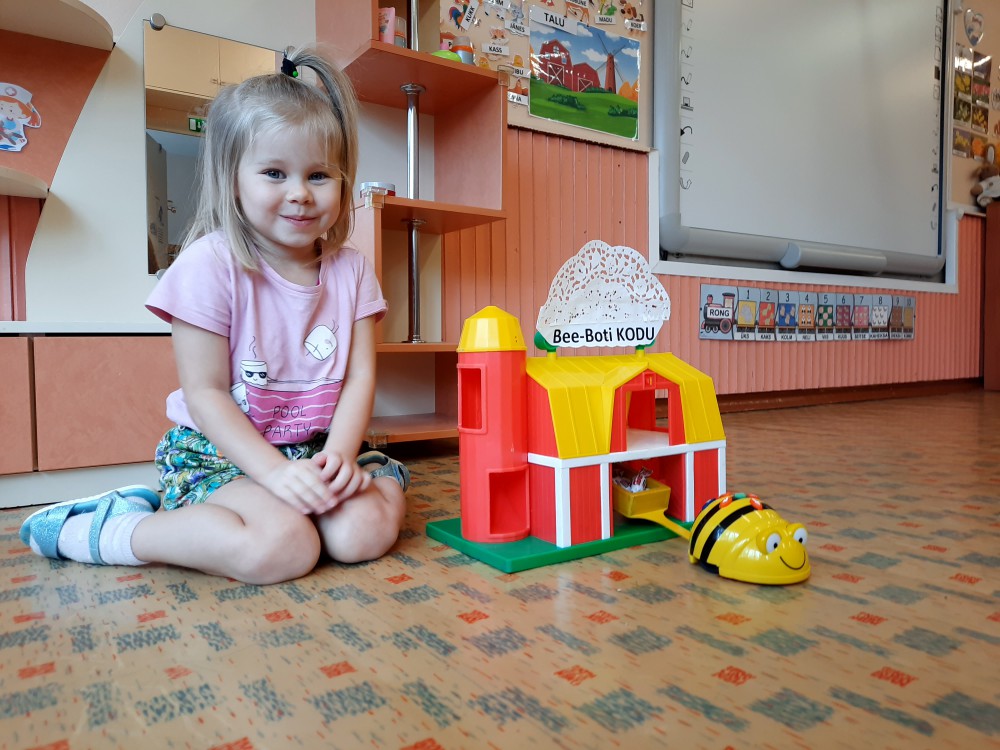
One important thing is also the salary and in Estonia, the kindergarten sector is underfunded as in many countries around the world, Jürimäe stated. She mentioned Finland and New Zealand as examples where the salaries are fair, compared with the great responsibility of the work.
Grüüne Ott from Endla kindergarten in Tallinn said that although teachers in the Estonian pre-school education system are highly educated, there is still a lack of knowledge and opportunities to design individual learning plans when it comes to different specialties. “Specialty of the child can turn out in the group of 24 children and if there are already four or five children with special educational needs, we need a lot more time and room to support them as needed,” she explained.
What is more, Ott sees that, in terms of detecting and supporting specialties, pre-school institutions have a great role in creating a safe educational room and supporting system also to the parents. “If somebody from the kindergarten notices, asks, supports – it creates trust and cooperation for the benefit of the child,” she underlined.
Lessons for community and empathy
The COVID-19 pandemic has brought many challenges to pre-school institutions as well. Grüüne Ott said that if before the virus they put a lot of effort into building a safe education culture and room for children, families, personnel and community, then now they have been enforced to re-think some of their very core principles.
“We worked five years to reach the community. We wanted that kindergarten was not just a place to rush through, but to spend an evening with friends outdoors, eating sandwiches together, etc. But then suddenly we had restrictions and we had to tell people that please, hurry up and don’t spend time here,” Ott explained.
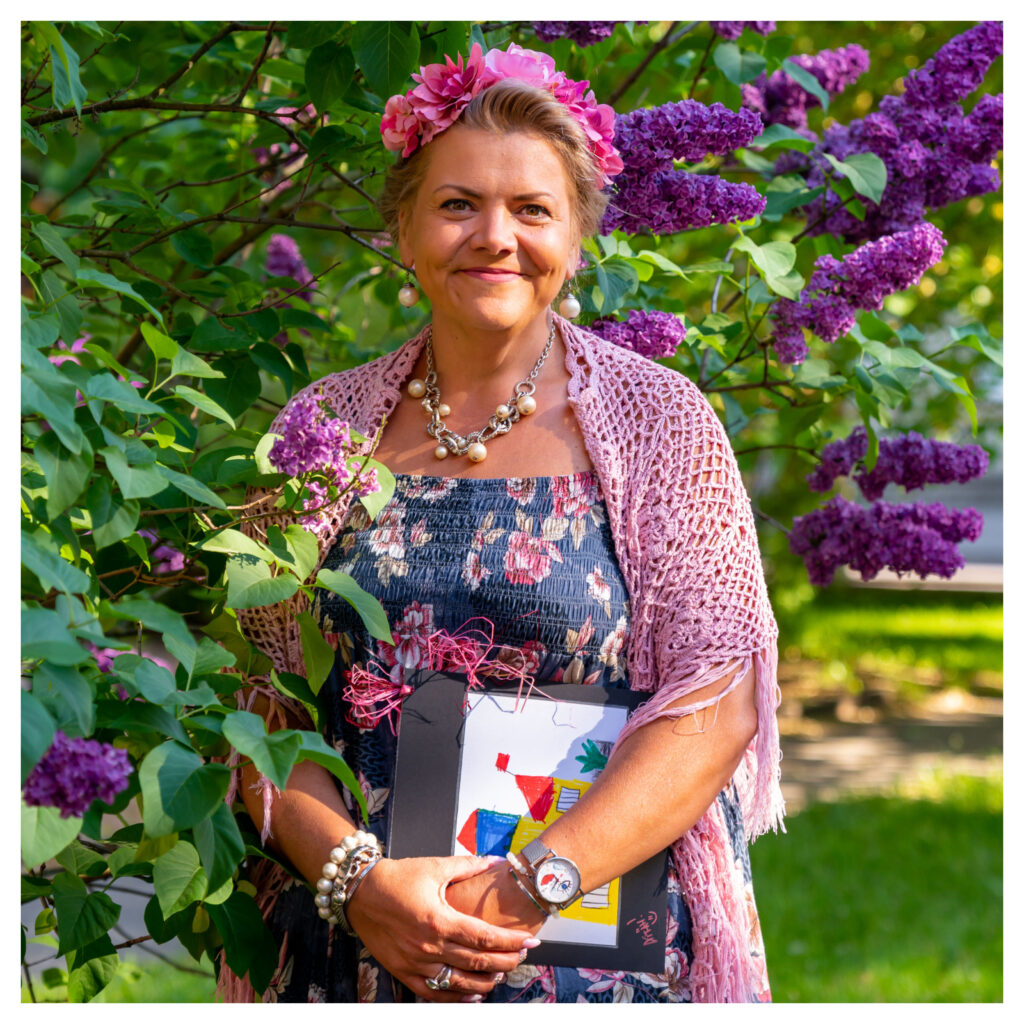
She added that cooperation and relations have changed, but now they have decided that no events are cancelled. “We still have water and sand, people and good will, and our goal is to create peace – to create a safe and peaceful environment during these restless times,” she said, and added that most of the traditional events are now held outside, in the kindergarten’s yard.
“We improvise, to let the success step in. Survivors are the ones who adapt to new conditions,” she concluded, in describing the current situation in Endla kindergarten.
Attention both to people and technology
Jevgenia Minova is a courageous improviser. For already several years, she is also using robotics and smart tablets in her work. “Children are very interested in kind of adult things that have buttons and are even slightly connected with computers. It makes their eyes shine and, again, creates more interest in the surrounding world,” she said.
Minova noted that robotics help expand spatial thinking, mathematics, logic, independent action and develops the understanding of the relations of cause and effect, but also listening skills and attentiveness.

She is using the smart tablets to consolidate the knowledge. “Once a month, we create a short animation about the topics we have been discussing during the month. We draw, paint, create characters and storyline, film videos,” she described the activities.
To characterise the Estonian pre-school education system, Minova emphasised three key points: creativity, freedom and love for the world around us. “We pay attention to the people and nature around us, but we do not forget technology,” she said.
Cover: Children play a game with teacher Jevgenia Minova at the Narva kindergarten, Põngerjas. Photo courtesy of Jevgenia Minova.

